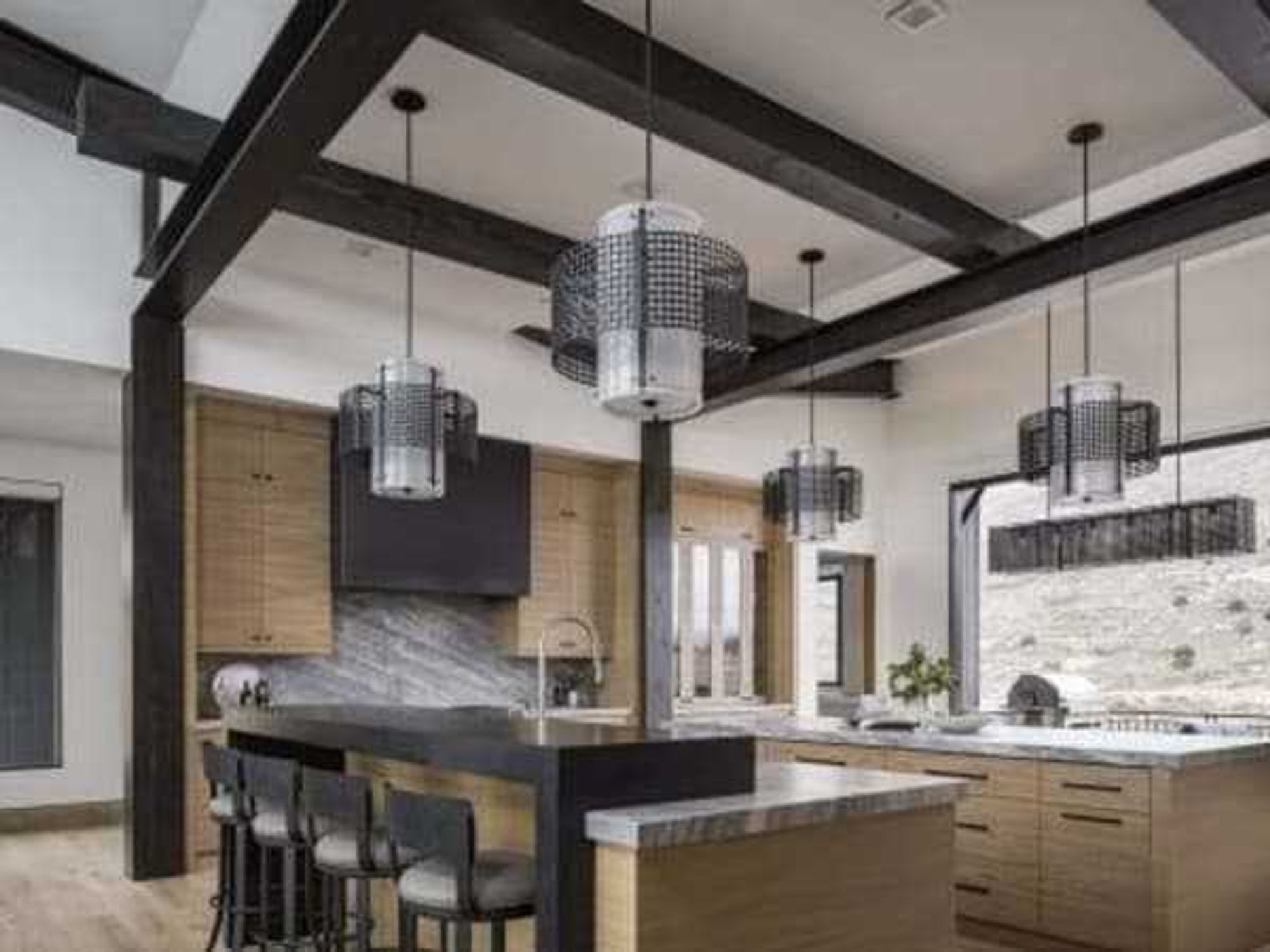Is it practical?
As prices drop 50 percent & red tape disappears, H-Town looks to become theSolar American City
Intrigued by rooftop solar but turned off by the price a few years ago? It might be time for second look.
The cost of home photovoltaic systems in Houston has fallen by half since 2009, the same year, coincidentally, the Obama administration lifted the cap on a tax credit worth 30 percent of the system’s value.
“That kind of took the cover off the residential market,” says Ralph Parrott, a vice president of Houston-based Alternative Power Solutions who served on the advisory board of a recent solar home tour.
The cost of a typical Houston home system sunk from $9 per watt to between $4 and $4.50.
In the meantime, manufacturers began skipping wholesalers to sell directly to installers. Some 400 panel factories materialized in China, and the government there has subsidized their manufacturing to the point that it's been accused of dumping solar panels on the United States market below cost (a regular exculpation heard from executives in the Solyndra government loan default).
“It’s been a pretty steady drop ever since then,” Parrott says. The cost of a typical Houston home system sunk from $9 per watt to between $4 and $4.50.
To further sweeten the pot, city electrical inspectors who might never have seen the drawings for rooftop panels five years ago now tend to get homeowners out of the building permit offices in an hour or so, Parrott says. Houston was designated a “Solar American City” by the Department of Energy in 2008 and recently applied with the Houston Advanced Research Center and the city of San Antonio for another grant to help streamline the approval process even more.
So does buying a photovoltaic solar system make sense right now?
Unfortunately, the answer remains as convoluted as it’s always been, depending entirely on the house and system in question. Every household consumes a different amount of power.
Some systems have batteries while others don’t. Upfront costs remain intimidating, but they’re weighed against decades of lower electric bills as the panels replace some or all of the electricity used by the house. Solar owners studied in California tended to net an extra $17,000 for a 3,100-watt system during the sale of their houses, but the real estate market is anything but consistent across geography and time.
Further muddying the waters is the fact no one knows what electricity will cost in 2031. Right now, the Energy Information Administration reports Texans pay an average of $.0986 per kilowatt hour for residential power, which is pretty close to the national average. The low end of the cost per kilowatt hour for a solar system is about $0.11 over the long term, so solar makes more sense when electric rates are higher.
If and when rates will top $0.11 is probably best left to the energy traders downtown. But undisputed is the fact you’ll be making a smaller impact on the environment generating renewable energy at home. If the thought of dumping big-electric in favor of the big Texas sky interests you, it might just be worth penciling out the math with one of several installers in the area.
Provided an ongoing trade dispute doesn’t spoil the party, the systems should remain as competitively priced as they’ve ever been.





